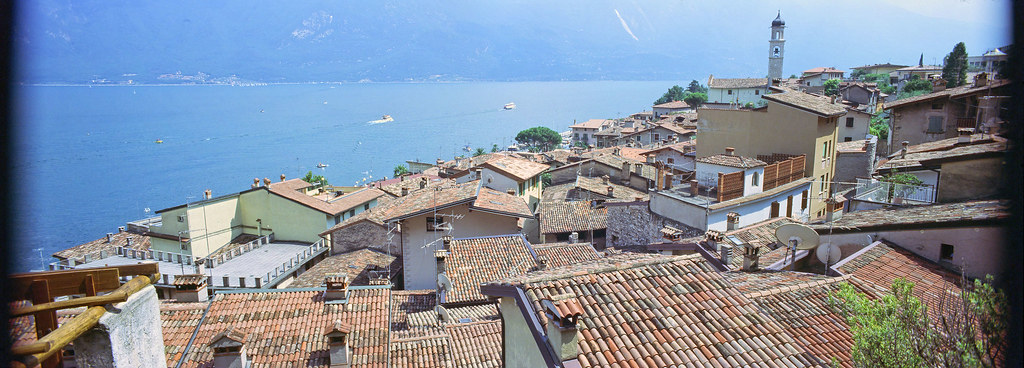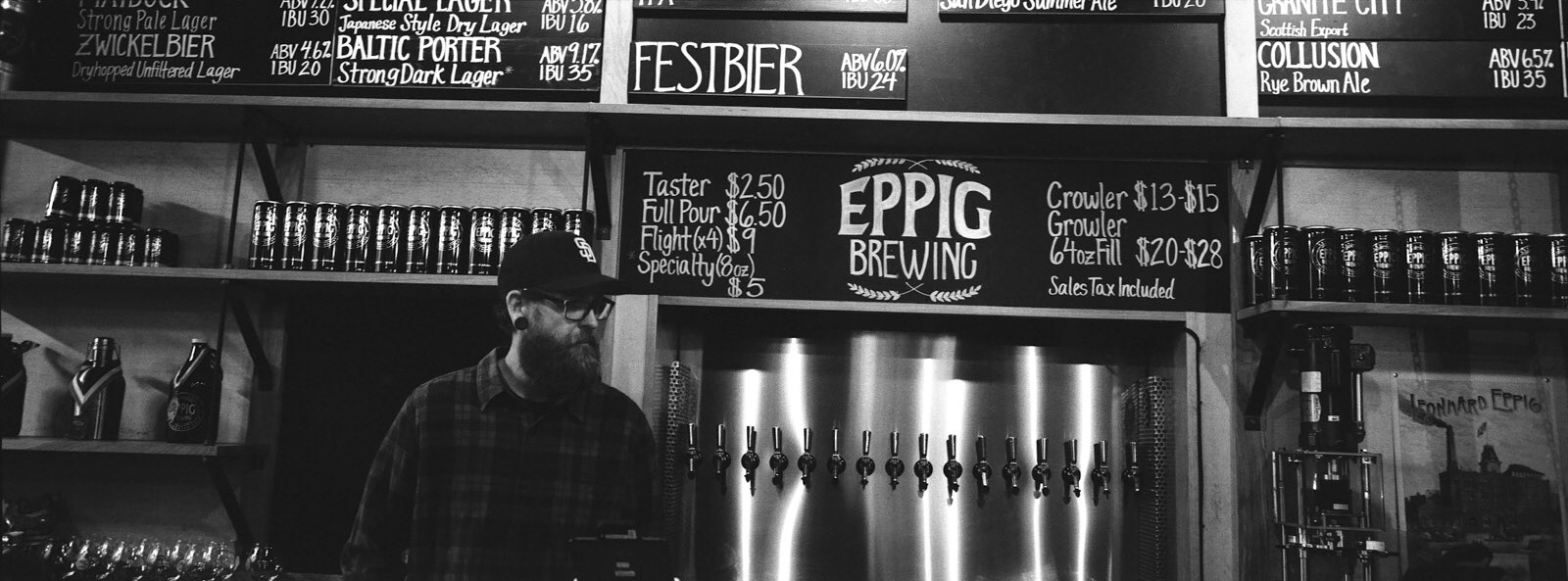Lax Jought
Well-known
... is it not possible to adapt other lenses to the Xpan?
Is the answer 'no' because there isn't another RF lens out there that can cover 24x65 adequately without vignetting wide open?
Is the answer 'no' because there isn't another RF lens out there that can cover 24x65 adequately without vignetting wide open?
dourbalistar
Buy more film
Possible...? Based on this article, yes it's possible.
https://www.35mmc.com/27/08/2016/hasselblad-xpan-nikon-35mm-pc-shift-lens-faq/
This thread has some insight on the image circle size needed, and it seems it's more than just 24x65:
https://www.rangefinderforum.com/forums/showthread.php?t=125425
Also, I think vignetting is the raison d'être for the Xpan lens center filters, because even the native lenses have a degree of vignetting.
https://www.35mmc.com/27/08/2016/hasselblad-xpan-nikon-35mm-pc-shift-lens-faq/
This thread has some insight on the image circle size needed, and it seems it's more than just 24x65:
https://www.rangefinderforum.com/forums/showthread.php?t=125425
Also, I think vignetting is the raison d'être for the Xpan lens center filters, because even the native lenses have a degree of vignetting.
snaefell
Established
You can do this.... is it not possible to adapt other lenses to the Xpan?
I am not aware of RF lenses used for this, as they usually do not have a sufficient image circle. However, 35mm Shift-Nikkors have been adapted (I did this myself). They have a slightly too small image circle which causes vignetting, so the usable image size is around 24x62mm, slightly better when you stop down the lens. The only problem is to estimate what will be on the final image, but for 35mm it is a good estimation to use the whole viewfinder image (everything what is visible there + a little bit will be visible on the image).Is the answer 'no' because there isn't another RF lens out there that can cover 24x65 adequately without vignetting wide open?
It is ok to use (especially when you want to know if you really have use for the wider lens), but I eventually got a 30mm lens.
I can look up a few images later made with this combination.
Lax Jought
Well-known
Possible...? Based on this article, yes it's possible.
You can do this
Thanks for the links and the info. I am getting the clear impression that the image circle (including diagonal) remains an issue. I did see the photos on the 35mmc website but the photos still needed to be cropped and it was only done with a shift lens.
Is it not possible to adapt, say, a Hasselblad V medium format f/2.8 lens? I suppose the answer is probably no.
I am asking because I wanted to overcome that f/4 minimum aperture restriction. I'd love to take the camera to some really low light places without having to rely on a tripod.
michaelwj
----------------
A V system lens would need a very big and complicated adapter, I’ve never heard of one. The only fast (f/2.8) MF lenses are 80mm, so they’d end up being pretty long on the Xpan. In the end, you only have scale focus with adapted lenses since they won’t be coupled, making large aperture shooting a bit hit and miss. Fast film would be your friend here. Shoot P3200 or push some Portra 400 to 1600.
Lax Jought
Well-known
A V system lens would need a very big and complicated adapter, I’ve never heard of one. The only fast (f/2.8) MF lenses are 80mm, so they’d end up being pretty long on the Xpan. In the end, you only have scale focus with adapted lenses since they won’t be coupled, making large aperture shooting a bit hit and miss. Fast film would be your friend here. Shoot P3200 or push some Portra 400 to 1600.
I'll look up the P3200.
Can you show me some examples of Portra pushed to 1600? It's much easier and aesthetically pleasant when pushing B&W film that far is it not?
I'm new to film photography, thanks for your patience.
Lax Jought
Well-known
I have another question - has anyone pushed 3200 film a stop to 6400?
Lax Jought
Well-known
Just found this: https://thedarkroom.com/pushing-and-pulling-film/
The films sold as 3200 have an actual speed somewhat less than that. Rating them at EI 6400 constitutes more than a one stop push.I have another question - has anyone pushed 3200 film a stop to 6400?
Lax Jought
Well-known
The films sold as 3200 have an actual speed somewhat less than that. Rating them at EI 6400 constitutes more than a one stop push.
Guess I have a lot to learn in film.
snaefell
Established
Is it not possible to adapt, say, a Hasselblad V medium format f/2.8 lens? I suppose the answer is probably no.
Besides the size, keep in mind that you are fotographing in the medium format. At f 2.8 your depth of field is very limited...
I have three images below, one of the rare exa,ples where I taken the almost similar view with the 45mm Hasselblad lens (first one) on with the 2.8/35 PC-Nikkor adapted to the XPan. In the first image I didn't crop out the vignetting to show how much of the image is lost. Please keep in mind here that there was a lot of light available in the scene so I stopped down at least to 11, most likely even to 16. The vignetting is stronger with a more open aperture. In the cropped image you can still the see the larger field of view.

Taken with the 45mm lens.

Taken with the 2,8/35 PC-Nikkor.

Taken with the 2,8/35 PC-Nikkor and cropped.
Lax Jought
Well-known
Besides the size, keep in mind that you are fotographing in the medium format. At f 2.8 your depth of field is very limited...
The depth of field should roughly be the same if taken with a Hasselblad 500cm isn't it?
I can see some vignetting even when you've stopped down, that looks problematic. It seems I can't take the Xpan to low light unless I'm prepared to push some film.
Rayt
Nonplayer Character
I owned an Xpan years ago and the 30mm lens to me was unaffordable at around $4000. I bought some adapters including Leica, Contarex and Contax C/Y to Xpan. I tried the Zeiss 35/2.8 shift lens, Contarex 35 Curtagon, and various R lenses. The Zeiss and Contarex covered the pano frame however there will be mechanical vignetting. There are light baffles if you look into the Xpan mount and they block both sides of the frame. You will still get a pano image with a few MM cut off on both sides. BTW the Contarex Curtagon is an extremely good performer better than the R mount version though I know they are supposed to be the same lens. If you want to go cheap you can try to find the Exakta mount Curtagon.
Rayt
Nonplayer Character
Also, I think vignetting is the raison d'être for the Xpan lens center filters, because even the native lenses have a degree of vignetting.
Eventually I did manage to buy the native 30mm Xpan lens and used it without the center filter. I can say the filter is not necessary. It vignettes but barely visible. I shoot b/w often at max aper so your mileage with slide film may vary.
Interesting you say that. I have the 35mm PA-Curtagon shift version, a lens that gets a variety of opinions, positive or negative on the web. I wasn't planning to buy that one, but as soon as I saw the test images I made with the ALPA mount version I was using, I bought it.I owned an Xpan years ago and the 30mm lens to me was unaffordable at around $4000. I bought some adapters including Leica, Contarex and Contax C/Y to Xpan. I tried the Zeiss 35/2.8 shift lens, Contarex 35 Curtagon, and various R lenses. The Zeiss and Contarex covered the pano frame however there will be mechanical vignetting. There are light baffles if you look into the Xpan mount and they block both sides of the frame. You will still get a pano image with a few MM cut off on both sides. BTW the Contarex Curtagon is an extremely good performer better than the R mount version though I know they are supposed to be the same lens. If you want to go cheap you can try to find the Exakta mount Curtagon.
dourbalistar
Buy more film
I am asking because I wanted to overcome that f/4 minimum aperture restriction. I'd love to take the camera to some really low light places without having to rely on a tripod.
I met a guy at a Beers and Cameras event who was shooting HP5+ pushed to 3200, handheld in his Xpan:

https://twitter.com/VRSeeker/status/1136377213408825344
Not bad considering it was pretty low light in that brewery. Here's my take with a 35mm f/2 wide open, probably at 1/8 or 1/15, braced on a door jamb.

Rayt
Nonplayer Character
Interesting you say that. I have the 35mm PA-Curtagon shift version, a lens that gets a variety of opinions, positive or negative on the web. I wasn't planning to buy that one, but as soon as I saw the test images I made with the ALPA mount version I was using, I bought it.
With the Curtagon there is hardly any fall off even at max aperture. The entire image circle maintains even luminance. I still have the lens and the Xpan adapter though regrettably no longer have the camera.
snaefell
Established
I can see some vignetting even when you've stopped down, that looks problematic. It seems I can't take the Xpan to low light unless I'm prepared to push some film.
At least with the compact lenses you will most likely not get more than 24x60/61mm usable negative size.
Lax Jought
Well-known
I looked up the Curtagon and it looks like an f/4 lens is that correct?Contarex Curtagon
Lax Jought
Well-known
I met a guy at a Beers and Cameras event who was shooting HP5+ pushed to 3200, handheld in his Xpan:
Y'know ... that looks pretty good.
Share:
-
This site uses cookies to help personalise content, tailor your experience and to keep you logged in if you register.
By continuing to use this site, you are consenting to our use of cookies.

